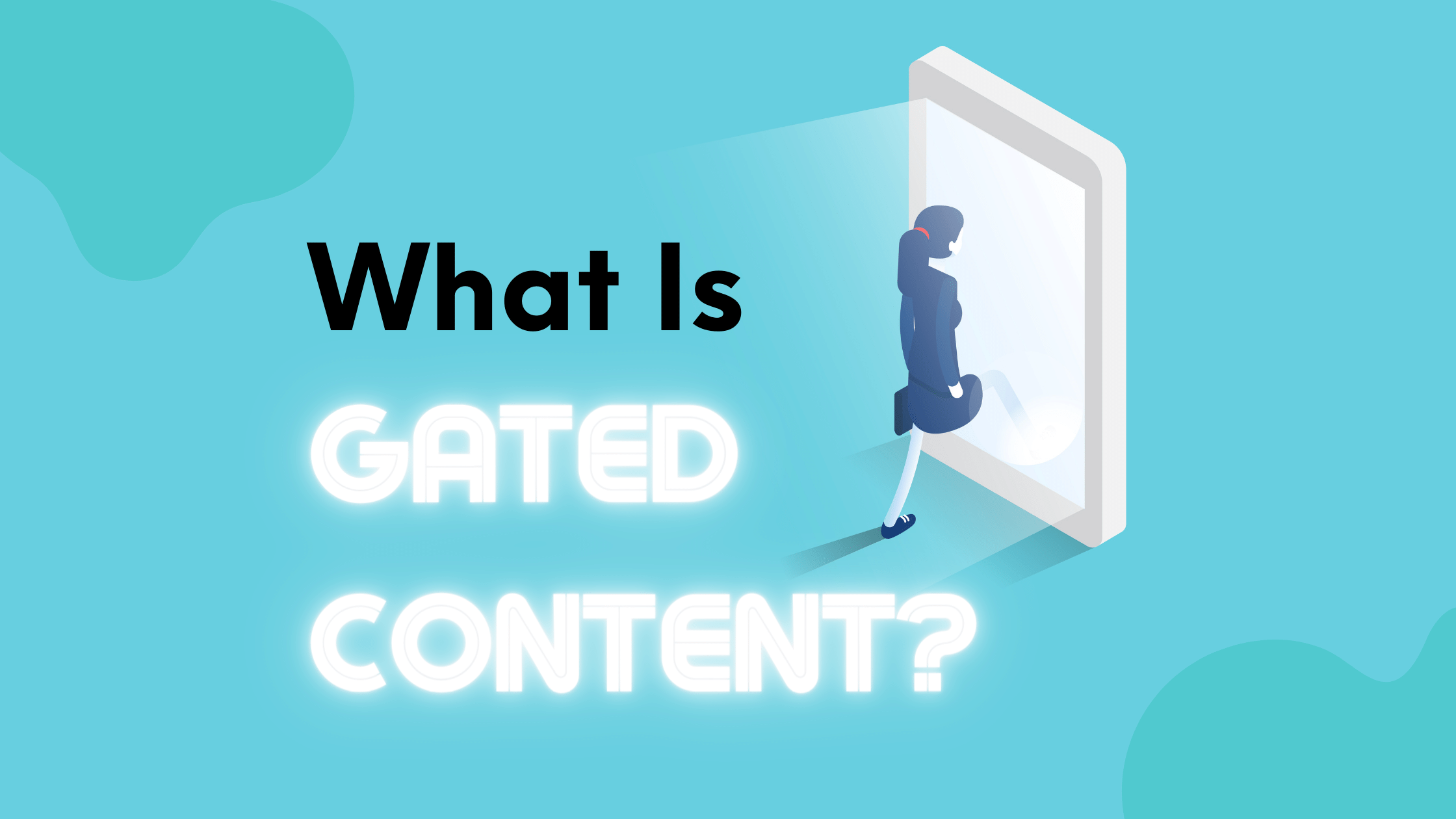Gated Content vs. Ungated Content [Infographic]
Updated for Relevance. Originally published November 19, 2021.
Gated content is material that a user can only access by giving a website their personal information, such as their name or email. It’s a transaction where the payment for content is information you can use to generate leads for your business.
This content can include anything from white paper and eBooks to video tutorials that are related to your business’s product. It can be anything as long as the potential customer finds it valuable enough to give you their information freely.
This task has become more difficult as people become warier of sharing their information online. It’s your job to create something enticing enough that site visitors are happy to let you know more about them and to convey that they can trust your business with that information.
In This Article:
Gated vs. Ungated Content
While gated content requires input to access, ungated content is anything on your website that is accessible without the potential customer giving you any information. Generally, blogs or infographics fall in this category, but it can be anything that an anonymous user can view.
Each of these forms of content has its place and purpose. Ungated content is the hook to draw in a potential customer who is unfamiliar with your business. This free content creates engagement and brand awareness.
This is the content that convinces site visitors that your business is worthy of their trust, time, and money, and if they give you their email, you won’t sell it to the highest bidder. It’s the first step in your relationship, where they’re free to browse without commitment.
Gated content is the next step once the ungated content has done its job. Once a potential customer decides by browsing your website that you’re offering a good or service they need and you’re a reputable company, they will be more willing to provide you with their information for more in-depth content.
However, if your focus is more on generating brand awareness and views, ungated content is your best bet.
Using Gated Content for Generating Leads
The whole purpose of gated content is to improve your inbound marketing by finding and connecting with customers interested in your product. It helps you cast your net in the right direction since people who will give you their contact information are already interested in your product. If they find the content valuable, they’ll be more likely to reach out or respond when you reach out.
Examples of quality gated content [Infographic]
Related Article: 10 Lead Magnet Ideas
The type of information you ask for should be directly related to how you want to generate leads. For example, if you’re pushing an email campaign, ask for their email address.
BUT there are many other pieces of information that can prove very useful in your marketing funnel, such as information about their company, their general location, or their phone number.
Weighing how much information someone is willing to part with is an integral part of deciding what to ask. The more fields you ask someone to fill out, the more attractive the content has to be, so they don’t decide halfway that it’s not worth it.
The reward of using gated content is you can narrow the field and home in on potential customers who are already interested in your business.
Need Gated Content? We Can Help!
With any content marketing strategy for your brand, wield gated content with intention and purpose. It can be a valuable tool for connecting you with potential customers, especially when paired with ungated content that makes a case for your brand.
If you want to create gated content and aren’t sure where to start, we can help! We’ll help you determine what kind of gated content your prospects will love, then write it for you. Contact us today!
Related Articles




A blogging best practices guide for small business owners and marketers who want to create a blog that attracts new customers!